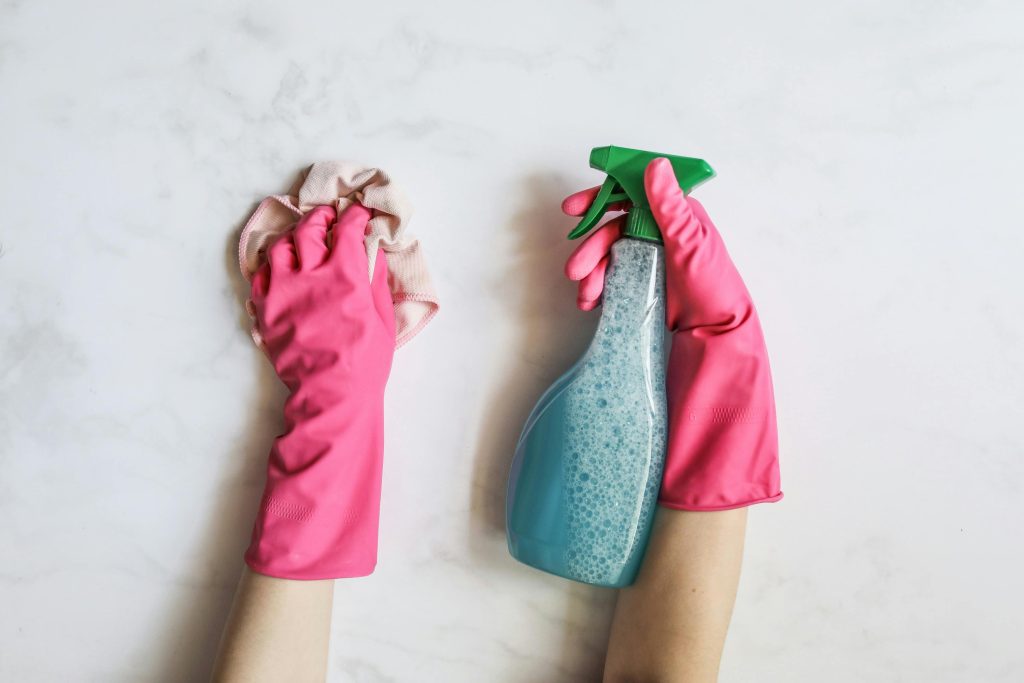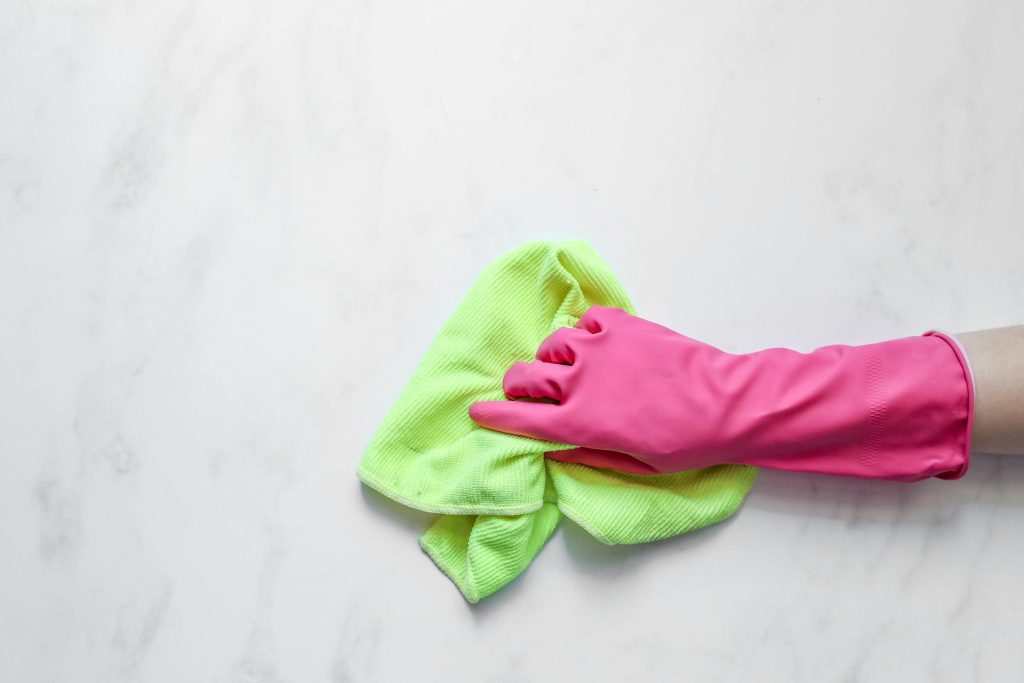Eco-Friendly Cleaning Simplified: A Guide to Safer, Greener Practices
In an era where environmental consciousness is more important than ever, the way we clean our homes should reflect our commitment to preserving our planet. Commercial cleaning products often contain harsh chemicals harmful to both our health and the environment. This guide explores alternative, eco-friendly cleaning methods and how to use them effectively.

Natural Alternatives for a Spotless Home
Vinegar for Sanitizing: A solution of distilled white vinegar and water can be an effective way to reduce bacteria on surfaces. While it doesn’t kill all germs, it can significantly sanitize areas when used properly. However, vinegar should not be used on surfaces like marble, granite, stone, or wood due to its acidic nature. For tough grime, adding baking soda can create a bubbling reaction that lifts dirt without harsh chemicals.
Essential Oils for Fragrance: Adding 100% pure essential oils to vinegar solutions can mask the strong smell and enhance cleaning effectiveness. While oils like clove and cinnamon may have antibacterial properties, they’re not strong enough to fully sanitize on their own. For a homemade solution with a fresh scent, consider adding citrus peels to your mix.
Chlorine Bleach for Disinfecting: Bleach remains one of the most effective disinfectants, ideal for cleaning after illness or raw meat preparation. However, it needs to be used in small amounts due to its harshness and environmental impact. Never combine bleach with vinegar or other household chemicals. For eco-friendlier alternatives, explore hydrogen peroxide-based (nonchlorine) bleaches, though they’re not as potent disinfectants.
Steam Cleaning for Chemical-Free Sanitization: Using superheated vapor, steam cleaning is a powerful green cleaning tool. It can kill bacteria and loosen dirt without any chemicals. Be careful when using steam on painted, wooden, or delicate surfaces as it can cause surface damage.
Microfiber Cloths for Efficient Cleaning: These cloths can pick up more debris than traditional rags or paper towels and don’t leave lint behind. However, they do release microplastics into waterways when washed. Consider using cellulose-cotton blends for a biodegradable alternative that still offers reusability and efficiency.
Smart Practices for Eco-Conscious Cleaning
Reduce Waste: Limit the use of disposable wipes, which contribute to clogs and environmental waste. Reusable cloths or biodegradable options are better for everyday cleaning tasks.
Avoid Triclosan: This antimicrobial chemical, found in some antibacterial products, has been linked to antibiotic resistance. Opt for cleaning products free from triclosan and check labels for eco-friendly certifications.
Minimize Clutter: Assess your cleaning supplies and eliminate redundancies. Reuse spray bottles by refilling them with homemade solutions. If transitioning away from commercial products, consider donating unused items to those who might use them.

Closing Thoughts on Green Cleaning
By adopting these green cleaning practices, you not only contribute to a healthier home but also support a more sustainable and eco-friendly lifestyle. Remember, every small change contributes to a larger impact on our planet’s well-being. Embrace these eco-friendly cleaning solutions and enjoy a cleaner, greener home.
